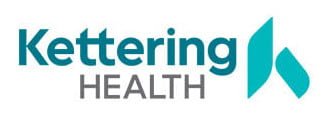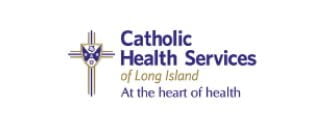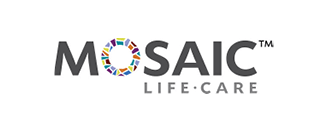This is the first blog of a four-part series.
By Scott Crow, Chief Innovation Officer and Co-Founder
There has to be a better way to manage freight than using 3rd-party traditional freight management companies.
We thought that twenty years ago, and we still think so today, so at VPL we’ve embarked on a journey to introduce a whole new concept of freight management to the healthcare industry.
Our premise—to help health systems take control of their inbound freight programs—was predicated on the fact that we knew the health systems’ existing suppliers were overcharging them but there was no way to audit whether their freight charges were fair or reasonable (FYI, they weren’t); A/P would simply rubber stamp the invoices for approval. Because of their high levels of shipping volume, many suppliers got great carrier rates and passed markup rates along to their customers, often resulting in tens of millions of dollars of pure profit… for them. And an original freight management concept, having a 3rd-party freight company aggregate shipping volume, was leveraged as buying power to drive deep discounts with carriers, and those discounted rates were then marked up and passed along to customers with great care taken not to expose what the carrier was actually charging.
Overcharging was only part of the problem.
There also were (and still are) misaligned incentives with the traditional 3rd-party freight companies. Simply put, higher modes equal higher profits for those 3rd parties. The markup on a $150 overnight shipment is much richer than the same markup on a $15 ground shipment. To help health systems mode optimize, that’s simply cutting into that margin. So, the incentives were not really aligned to help with mode optimization. On top of that, every January carriers raise their base rates, their fuel and their fees, which is more incremental margin on top of everything else.
At its core, the original concept is nothing more than a rate card. The idea was always to minimize the work and go after suppliers’ savings and data, which was not cost effective. And it’s a service-based model, which means there is an unwillingness to be forthcoming with data; it just arms clients with the data necessary to measure the success or the quality of the service being delivered.
What’s the alternative?
Read Part Two: We’re Kicking Traditional Methods to the Curb.
Watch the 20-minute Pitfalls of Traditional Freight Management Services webinar.































